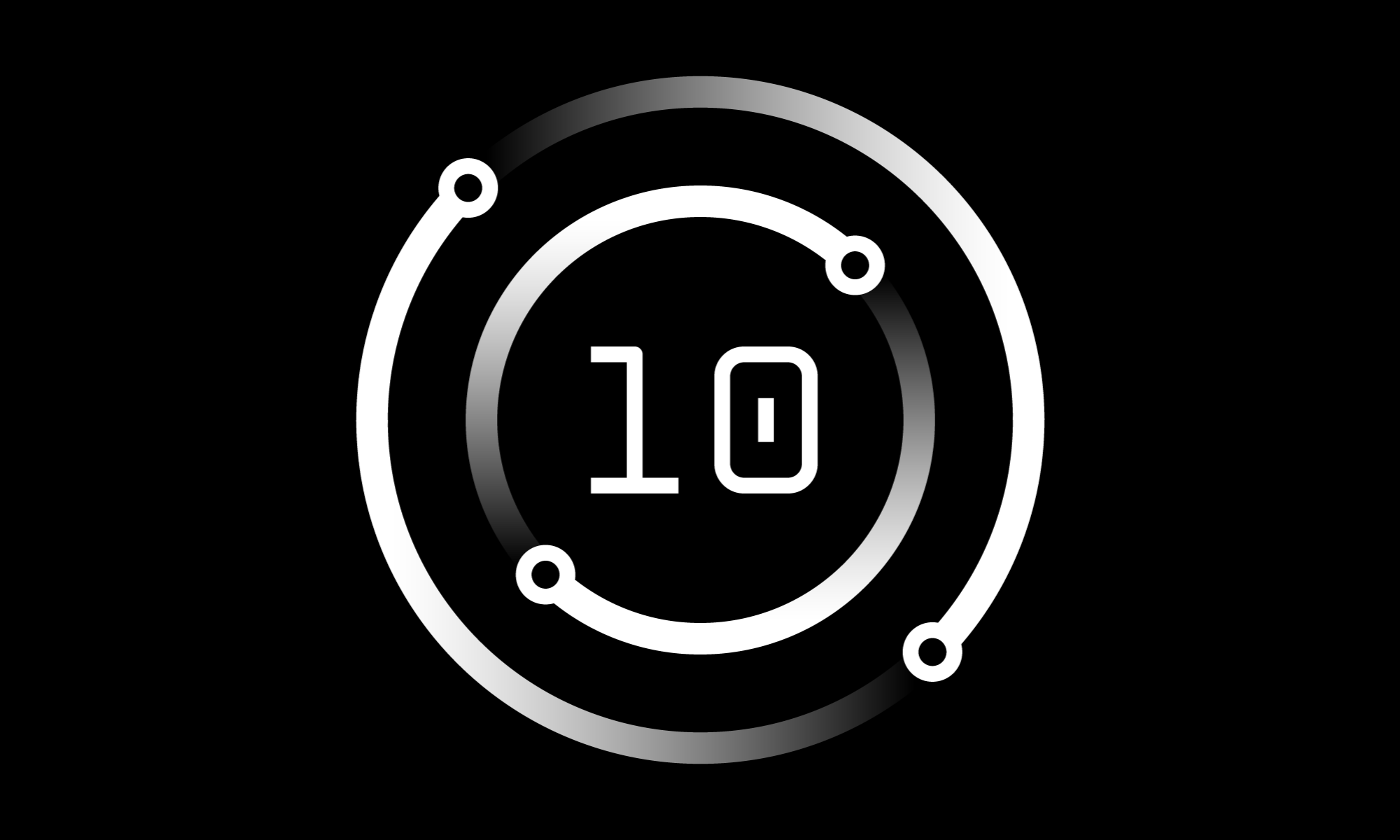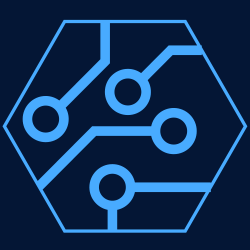[[{“value”:”Welcome to another edition of Talsco Weekly IBM i Brief: 📈 IBM Stock Update. 💰IBM Power & Storage Hardware Price Changes by Region and Currency (2025). 🤝 Dell and IBM part ways over storage driver licensing. AI: 🔮 No-code AI platforms transform business innovation. Career: 💼 COBOL remains critical in modern enterprise systems. Development: 🔄
The post Talsco Weekly: Why COBOL & RPG Still Rule Enterprise Computing in 2024 appeared first on IBM i (AS/400, RPG) Recruiting, Staffing & Consulting.”}]] Read More
IBM Power Enhancements Focus on AI and Modern Workloads Andrew Wig
[[{“value”:”Bargav Balakrishnan, vice president of product management at IBM Power, explains the recently announced advances
The post IBM Power Enhancements Focus on AI and Modern Workloads appeared first on TechChannel.”}]] Read More
TR PTFs for Db2 now available [email protected] (Simon Hutchinson)
[[{“value”:”The PTFs for Db2 for i for the latest Technology Refreshes become available today, December 13, 2024.
The PTFs for Db2 are:
IBM i 7.5 TR5: SF99950 level 8
IBM i 7.4 TR11: SF99704 level 29
You can download them by follow the appropriate link on the Db2 for IBM i 2024 PTF Group Schedule page.
I have asked RZKH to download these PTFs so I can start experimenting and start writing about the features in these TR.
Read about:
Db2 for i enhancements (same enhancements are made to IBM i 7.4)”}]] Read More
Advent of Code 2024 day 12, RPG edition
[[{“value”:”This is the twelfth day of Advent of Code, let’s solve today’s puzzles with RPG.
The puzzle as well as the input data are available here.
The code is available here.
Part 1
We are provided with a (stream) file containing a map of the garden plots.
Each plot grows only one type of plant. A region is a set of contiguous plots that grow the same type of plants.
We need to calculate the area and perimeter of each region multiply them and sum this value.
As usual, we read the input file with QSYS2.IFS_READ_UTF8 table function with the LISTAGG function to concatenate all lines.
We start at the top left plot and explore in the four directions:
if we’ve already explored that plot, we do nothing
if it’s the same type of plant, we recursively explore that neighbour
if it’s another type of plant or there is no plot because we are at the edge of the map, we add one to the perimeter.
Here is the RPG code for part 1:
**free
ctl-opt dftactgrp(*no); // We’re using procedure so we can’t be in the default activation group
dcl-pi *n;
input char(50);
end-pi;
dcl-c WIDTH 140;
dcl-c HEIGHT 140;
dcl-c LENGTH 19600;
dcl-s fileName varchar(50);
dcl-s data char(LENGTH);
dcl-s i int(5);
dcl-s row int(5);
dcl-s col int(5);
dcl-s result int(10) inz(0);
dcl-s currentChar char(1);
dcl-ds dimension qualified;
area int(5);
perimeter int(5);
end-ds;
dcl-pr explore likeds(dimension);
position int(5) value;
end-pr;
fileName = %trim(input);
// Read the input data from the IFS, concatenating all lines
exec sql select listagg(line) into :data from table(qsys2.ifs_read_utf8(path_name => :fileName));
// Find first char
exec sql select regexp_instr(:data, ‘[^ ]’) into :i from sysibm.sysdummy1;
dow i <> 0;
currentChar = %subst(data:i:1);
dimension = explore(i);
result += dimension.area * dimension.perimeter;
data = %scanrpl(‘_’:’ ‘:data); // Replace _ with spaces
// Find first char
exec sql select regexp_instr(:data, ‘[^ ]’) into :i from sysibm.sysdummy1;
enddo;
snd-msg *info ‘Result: ‘ + %char(result) %target(*pgmbdy:1); // Send message with answer
*inlr = *on;
return;
dcl-proc explore;
dcl-pi *n likeds(dimension);
position int(5) value;
end-pi;
dcl-s row int(5);
dcl-s col int(5);
dcl-ds retVal likeds(dimension);
dcl-ds exploreResult likeds(dimension);
if %subst(data:position:1) = ‘_’; // IF this is an already visited position for this region
retVal.area = 0;
retVal.perimeter = 0;
return retVal;
endif;
if %subst(data:position:1) <> currentChar; // If this is a position from another region
retVal.area = 0;
retVal.perimeter = 1;
return retVal;
endif;
%subst(data:position:1) = ‘_’;
row = %div(position-1:WIDTH)+1;
col = %rem(position-1:WIDTH)+1;
retVal.area = 1;
retVal.perimeter = 0;
// Explore up
if row = 1;
retVal.perimeter += 1;
else;
exploreResult = explore(position-WIDTH);
retVal.area += exploreResult.area;
retVal.perimeter += exploreResult.perimeter;
endif;
// Explore right
if col = WIDTH;
retVal.perimeter += 1;
else;
exploreResult = explore(position+1);
retVal.area += exploreResult.area;
retVal.perimeter += exploreResult.perimeter;
endif;
// Explore down
if row = HEIGHT;
retVal.perimeter += 1;
else;
exploreResult = explore(position+WIDTH);
retVal.area += exploreResult.area;
retVal.perimeter += exploreResult.perimeter;
endif;
// Explore left
if col = 1;
retVal.perimeter += 1;
else;
exploreResult = explore(position-1);
retVal.area += exploreResult.area;
retVal.perimeter += exploreResult.perimeter;
endif;
return retVal;
end-proc;
Part 2
In part 2, we need to calculate the number of sides of the regions instead of the perimeter.
For this part, we’ll proceed in two passes:
we first mark all the plots of a region
we then scan the marked plots line by line and left to right, for each plot, we look in the four directions for an out of region plot, if this is the case, we increment the number of sides if this is the first out of region plot we encounter on that side.
**free
ctl-opt dftactgrp(*no); // We’re using procedure so we can’t be in the default activation group
dcl-pi *n;
input char(50);
end-pi;
dcl-c WIDTH 140;
dcl-c HEIGHT 140;
dcl-c LENGTH 19600;
dcl-s fileName varchar(50);
dcl-s data char(LENGTH);
dcl-s i int(5);
dcl-s j int(5);
dcl-s row int(5);
dcl-s col int(5);
dcl-s result int(10) inz(0);
dcl-s currentChar char(1);
dcl-s area int(5);
dcl-s sides int(5);
dcl-pr explore;
position int(5) value;
end-pr;
dcl-pr measure;
position int(5) value;
end-pr;
fileName = %trim(input);
// Read the input data from the IFS, concatenating all lines
exec sql select listagg(line) into :data from table(qsys2.ifs_read_utf8(path_name => :fileName));
// Find first char
exec sql select regexp_instr(:data, ‘[^ ]’) into :i from sysibm.sysdummy1;
dow i <> 0;
currentChar = %subst(data:i:1);
explore(i);
j = i;
dow j <> 0;
measure(j);
if j = LENGTH;
j = 0;
else;
j = %scan(‘_’:data:j+1);
endif;
enddo;
result += area * sides;
area = 0;
sides = 0;
data = %scanrpl(‘_’:’ ‘:data); // Replace _ with spaces
// Find first char
exec sql select regexp_instr(:data, ‘[^ ]’) into :i from sysibm.sysdummy1;
enddo;
snd-msg *info ‘Result: ‘ + %char(result) %target(*pgmbdy:1); // Send message with answer
*inlr = *on;
return;
dcl-proc explore;
dcl-pi *n;
position int(5) value;
end-pi;
dcl-s row int(5);
dcl-s col int(5);
if %subst(data:position:1) <> currentChar; // If this is a position from another region or already visited
return;
endif;
%subst(data:position:1) = ‘_’;
row = %div(position-1:WIDTH)+1;
col = %rem(position-1:WIDTH)+1;
// Explore up
if row > 1;
explore(position-WIDTH);
endif;
// Explore right
if col < WIDTH;
explore(position+1);
endif;
// Explore down
if row < HEIGHT;
explore(position+WIDTH);
endif;
// Explore left
if col > 1;
explore(position-1);
endif;
end-proc;
dcl-proc measure;
dcl-pi *n;
position int(5) value;
end-pi;
dcl-s row int(5);
dcl-s col int(5);
row = %div(position-1:WIDTH)+1;
col = %rem(position-1:WIDTH)+1;
// Check up
if (row = 1 or %subst(data:position-WIDTH:1) <> ‘_’) and (
col = 1 or not(%subst(data:position-1:1) = ‘_’ and (row = 1 or %subst(data:position-WIDTH-1:1) <> ‘_’)));
sides += 1;
endif;
// Check right
if (col = WIDTH or %subst(data:position+1:1) <> ‘_’) and (
row = 1 or not(%subst(data:position-WIDTH:1) = ‘_’ and (col = WIDTH or %subst(data:position-WIDTH+1:1) <> ‘_’)));
sides += 1;
endif;
// Check down
if (row = HEIGHT or %subst(data:position+WIDTH:1) <> ‘_’) and (
col = 1 or not(%subst(data:position-1:1) = ‘_’ and (row = HEIGHT or %subst(data:position+WIDTH-1:1) <> ‘_’)));
sides += 1;
endif;
// Check left
if (col = 1 or %subst(data:position-1:1) <> ‘_’) and (
row = 1 or not(%subst(data:position-WIDTH:1) = ‘_’ and (col = 1 or %subst(data:position-WIDTH-1:1) <> ‘_’)));
sides += 1;
endif;
area += 1;
end-proc;”}]] Read More
Robot | 2025 IBM i Executive Briefing Fortra
[[{“value”:”Watch our 2025 IBM i Executive Briefing to learn more about how we’re honoring our commitment to this exceptional platform, including what we’ve been working on in 2024 and what’s to come in the new year.
Since HelpSystems became Fortra two years ago, a few things have remained the same: Our commitment to creating exceptional products, remaining an active voice within the IBM i community, and creating lasting relationships with our customers.”}]] Read More


